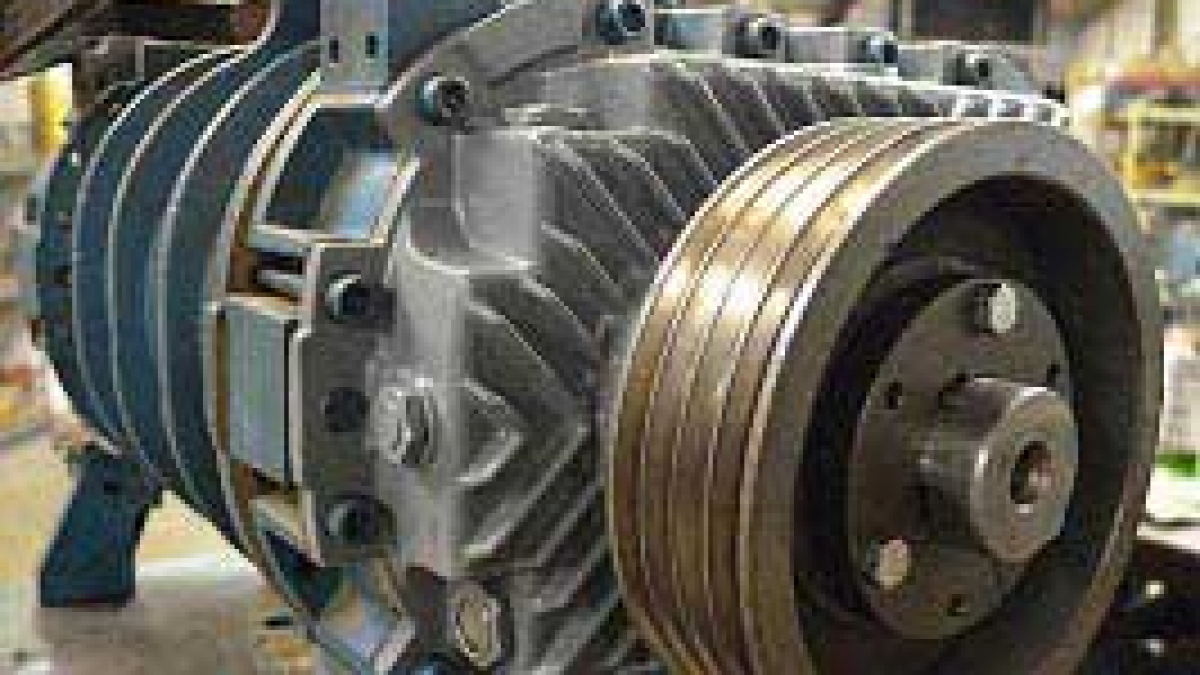What is a sliding vane pump?
Sliding Vane Pumps
Explained
The sliding vane design combines low cost with high reliability and easy maintenance. The operating principle is simple. A slotted rotor is eccentrically supported in a cycloidal cam. The rotor is placed close to the wall of the cam so a crescent shaped cavity is formed. Two sideplates seal the rotor to the cam. The clearance between the rotor and sideplates is eight to ten thousandths of an inch depending on the model. Vanes, also known as blades, slide in and out of the rotor slots to seal off a volume between the rotor, cam and sideplate. Liquid enters the crescent shaped pumping chamber through holes in the cam. The blades sweep the fluid to the opposite side of the crescent where it is squeezed through the discharge holes of the cam as the blade approaches the point of the crescent.
What is a sliding vane pump?
For a sliding vane pump to function properly, the blade must always contact the cam wall to form a tight seal. Centrifugal force provides some force to actuate the blade but this force is not adequate by itself. Hydraulic forces exerted by the liquid being pumped tend to push the blades back into the rotor. On Corken’s older standard models, special design features must be incorporated into the pump to counteract these forces. This is generally accomplished by routing discharge pressure under the blade via slots in the sideplates or holes in the blade. Newer models like the Z-Series and PZ-Series have vane/blade drivers that keep the vane/blade against the cam for better seal.
[/av_textblock]
Leave a Comment